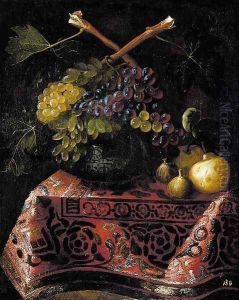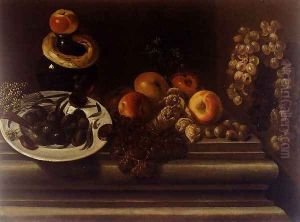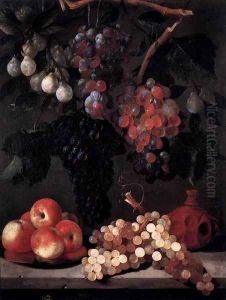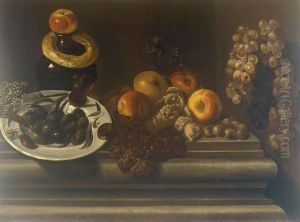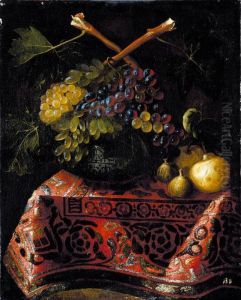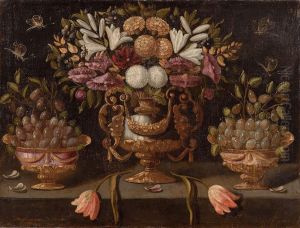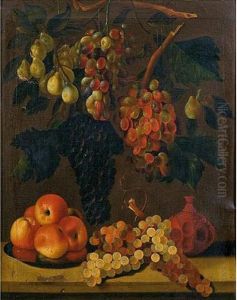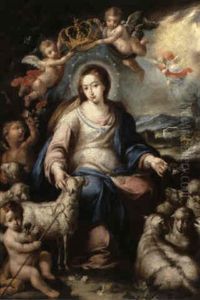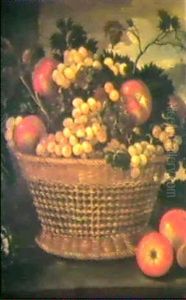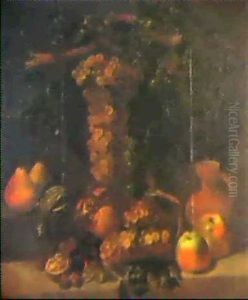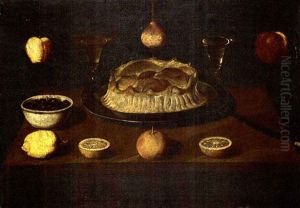Juan Bautista de Espinosa Paintings
Juan Bautista de Espinosa was a Spanish Baroque painter, born in Madrid in 1590. His life and works are a testament to the rich cultural and artistic environment of early 17th century Spain, a period marked by the flourishing of the Baroque style across Europe. Espinosa is particularly known for his mastery in still life paintings, a genre that gained significant popularity during this era. His works are celebrated for their intricate detail, vibrant colors, and the skillful play of light and shadow, which bring his compositions to life.
Espinosa's artistic journey was deeply influenced by the prevailing trends of the Spanish Baroque movement, characterized by dramatic expressions, rich ornamentation, and a focus on realism. He was likely a pupil or follower of Juan van der Hamen, a leading still life painter of the time, whose influence is evident in Espinosa's choice of subjects and his meticulous attention to detail. Throughout his career, Espinosa specialized in still lifes, particularly those depicting flowers and fruits, which were imbued with a sense of realism and an almost tangible presence. His paintings often featured arrangements of flowers in vases, bowls of fruit, and occasionally included objects like musical instruments, all rendered with a luminous quality that emphasized their beauty and texture.
Despite his significant contributions to the Spanish Baroque and his skill as a still life painter, Juan Bautista de Espinosa remains a somewhat obscure figure in art history, with many aspects of his life and career still shrouded in mystery. This lack of comprehensive historical records has led to difficulties in attributing some works definitively to him. However, the pieces that have been confirmed as his own showcase his ability to capture the essence of his subjects with precision and elegance.
Espinosa's work reflects not only the technical skills expected of artists in his time but also a profound appreciation for the natural world and the objects that make up the quotidien life. His paintings engage the viewer, inviting them to contemplate the beauty in the everyday and the transient nature of life, themes that resonate with the broader philosophical and cultural currents of the Baroque period.
Juan Bautista de Espinosa died in 1641, leaving behind a legacy that, while not as widely recognized as some of his contemporaries, contributes significantly to our understanding of Spanish Baroque art. His works continue to be studied and admired for their beauty, complexity, and the skillful manner in which they were executed. Through his paintings, Espinosa offers a window into the aesthetic and cultural values of 17th century Spain, making him an important figure for scholars and enthusiasts of Baroque art.
